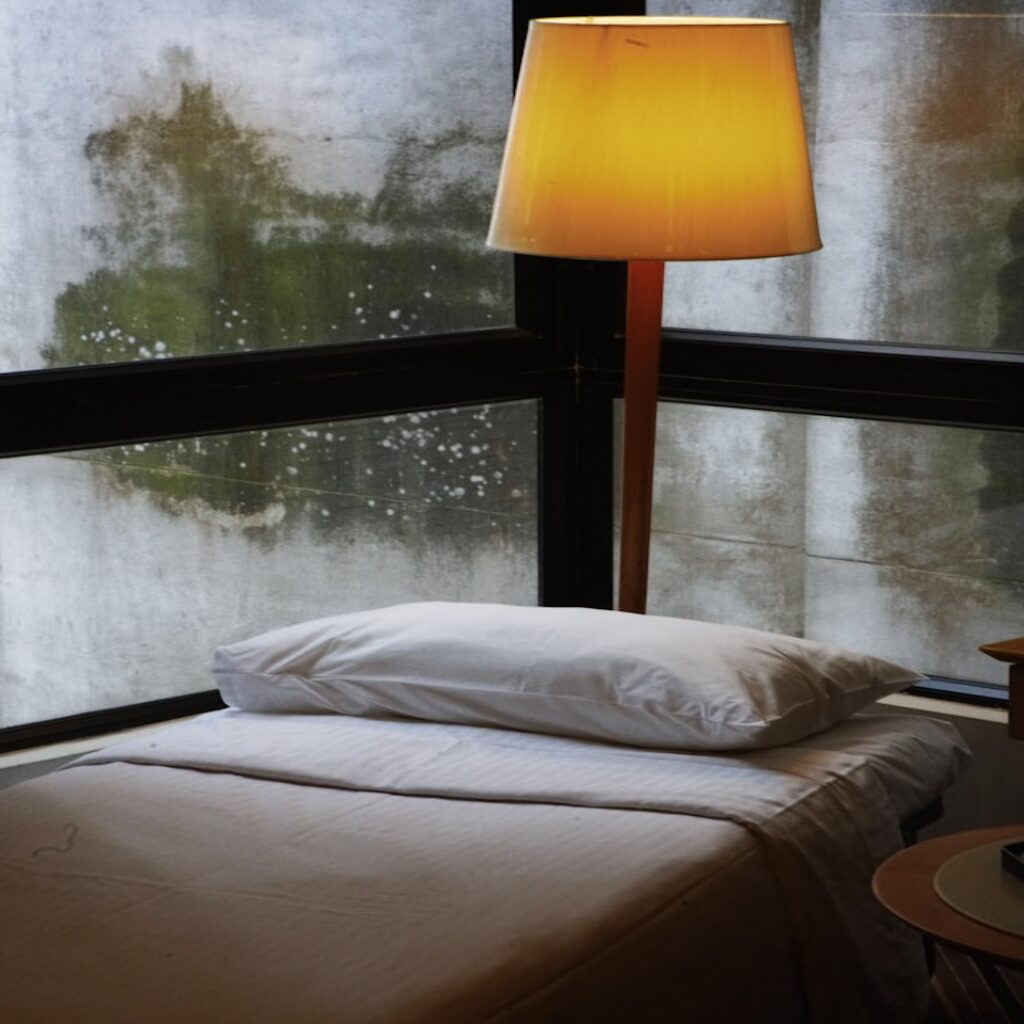Humidity can turn your home into the perfect breeding ground for mold, and in a state like Maryland, where damp summers are common, mold prevention is a priority for every homeowner. Whether you’re a current homeowner or planning to buy property in the area, mold can pose a serious threat—not just to your home’s structure but also to your health. The good news? Mold prevention doesn’t have to be overwhelming if the right measures are taken.
Here’s a comprehensive guide to understanding mold in humid regions and how to keep your home safe and healthy.

Why Mold Prevention Matters
Mold thrives in humid, damp conditions, and Maryland is no stranger to muggy weather. Left unchecked, mold can:
- Damage structural elements like drywall and wood.
- Reduce air quality, potentially causing allergies and other health issues.
- Lower the resale value of your home.
- Lead to costly remediation if not caught early.
The key is proactive prevention. By understanding how moisture enters and affects your home, you can stop mold before it starts.
What Causes Mold in Humid Regions?
To effectively prevent mold, it’s important to know what causes it. The top culprits include:
- Excess humidity inside the home, especially in poorly ventilated spaces.
- Water leaks, such as plumbing issues or roof leaks, that keep areas damp.
- Condensation on windows, pipes, or walls due to temperature differences.
- Poor ventilation in areas like kitchens, bathrooms, and basements.
- Flooding, either from heavy rains or local water sources.
Understanding these causes will help you take targeted action.
7 Best Practices for Preventing Mold Growth
Follow these simple yet effective strategies to safeguard your home from mold growth.
1. Control Humidity Levels
One of the most important steps is to maintain an indoor humidity level between 30-50%. Use a hygrometer to measure humidity and invest in dehumidifiers for damp areas like basements. Air conditioning can also help regulate moisture in the summer.
Pro Tip:
Turn on exhaust fans in bathrooms and kitchens while cooking, showering, or washing dishes to reduce excess moisture in the air.
2. Seal and Fix Water Leaks
Leaky pipes, roofs, or windows provide the perfect conditions for mold. Inspect your home regularly for signs of leaks, such as water stains or peeling paint, and repair them promptly. Don’t forget to check less obvious areas like underneath sinks or behind appliances.
Pro Tip:
Check your attic and crawl spaces after heavy rains to ensure water isn’t seeping into hidden areas.
3. Improve Ventilation
Areas with poor airflow tend to retain moisture. Open windows when the weather permits, especially in bathrooms or kitchens, to ventilate these spaces. If natural ventilation isn’t sufficient, consider installing ceiling fans or energy-efficient mechanical ventilation systems.
4. Dry Wet Areas Immediately
Don’t give moisture a chance to settle. Whether it’s mopping up after a spill, drying wet clothes, or clearing standing water in sinks and tubs, act quickly to eliminate excess water. Mold can begin to grow in as little as 24-48 hours on damp surfaces.
Pro Tip:
Use a squeegee to remove excess water from shower walls and floors after bathing.
5. Keep Basement and Crawl Spaces Dry
Basements and crawl spaces are often prime locations for mold growth in Maryland homes. Waterproofing these areas is critical. Install vapor barriers or sump pumps if necessary, and consider raising storage off the floor to prevent moisture contact.
Pro Tip:
Inspect and clean external gutters and downspouts to ensure water is directed away from your home’s foundation.
6. Use Mold-Resistant Materials
If you’re building or renovating, use mold-resistant drywall, insulation, and paints in high-risk areas like basements or bathrooms. These materials are specially designed to inhibit mold growth, giving you an added layer of protection.
7. Clean and Maintain HVAC Systems
Dirty HVAC systems can circulate mold spores throughout your home. Regularly clean ducts, change filters, and have your unit inspected to ensure it’s working efficiently. Consider adding a UV filter to your HVAC system to kill mold spores and improve indoor air quality.
Pro Tip:
Schedule seasonal HVAC maintenance to keep your system free of mold-attracting dust and debris.
Bonus Tips for Maryland Homeowners:
- Inspect Before You Buy: Homebuyers in Maryland should prioritize mold inspections during the buying process to avoid hidden surprises.
- Monitor Local Weather: Track humidity levels and take additional steps during particularly damp seasons.
- Create a Routine: Make mold prevention part of your regular home maintenance schedule.

What to Do If Mold Appears
Despite your best efforts, mold may still find its way into your home. If you spot mold:
- Act Quickly to remove small patches using a mix of water and detergent.
- Avoid DIY for Larger Areas, typically those over 10 square feet, and call a professional instead.
- Address the Underlying Issue, like leaks or ventilation problems, to ensure it doesn’t return.
Protect Your Home with Proactive Mold Prevention
Mold prevention is an ongoing responsibility, but when done correctly, it protects your investment, keeps your family healthy, and helps you avoid costly repairs. For Maryland homeowners, these best practices are essential to keeping your home in top shape, even in the area’s humid conditions.
Looking for more guidance or considering home improvements to make your property more mold-resistant? Contact our team today for tailored advice and solutions to protect your home from mold.





